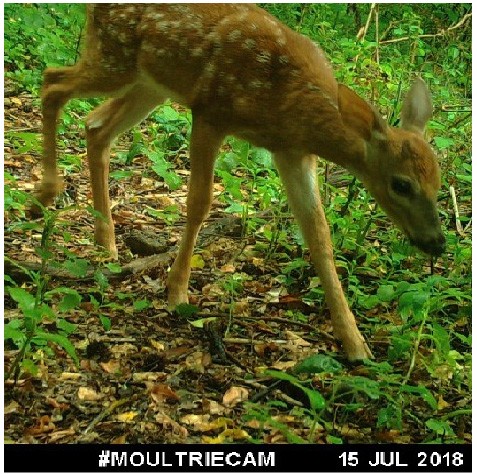With 8.6 million people, New York City offers 96% of its residents a park within a ten-minute walk of their home. This high number of parks per capita offers ample opportunities for humans to positively interact with nature. By providing increased habitat and resources, these parks can also bring wildlife species into closer contact with dense human populations, potentially increasing the likelihood of zoonotic diseases, such as those carried by ticks. This study examines how hosts carrying pathogens and ticks navigate between the urban park ‘islands’ through vegetated corridors. Through tracking deer and mice movement, sampling tick and mice populations in urban parks, and screening for pathogens of concern in the wildlife and tick populations, this project will determine how tick-borne diseases, like Lyme disease, can emerge in highly fragmented landscapes like New York City.
